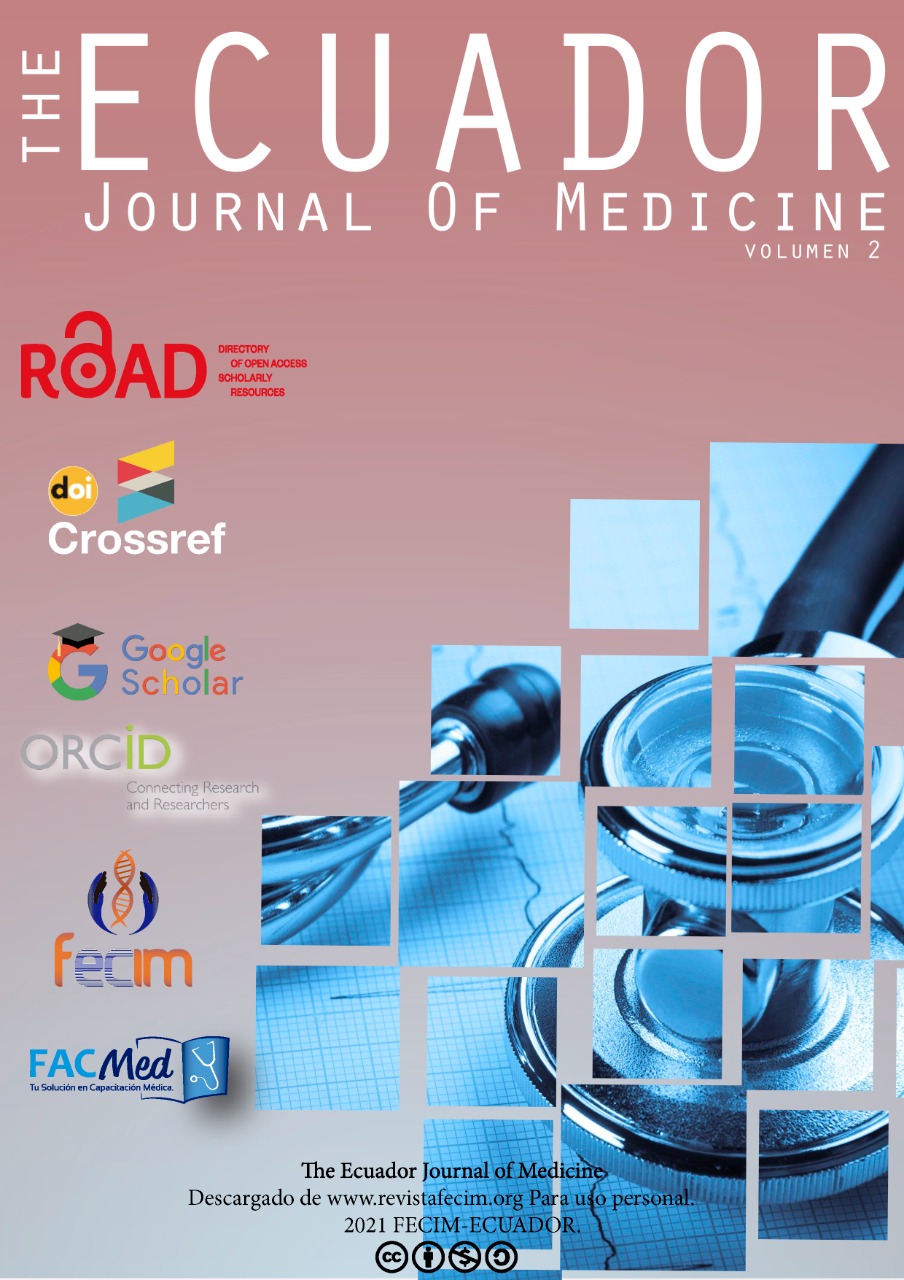Acute respiratory difficulty syndrome (ARDS) secondary to fat embolism, a diagnostic challenge, case report and literature review.
DOI:
https://doi.org/10.46721/tejom-vol2iss2-2021-64-72Keywords:
Embolism, Fat, Respiratory Distress Syndrome, Adult, Fracture Fixation, Internal, Hypoxia, Fracture FixationAbstract
Introduction: Fat Embolism Syndrome is an infrequent complication potentially fulminating that is observed on polytrauma patients. The presence of fat globules in the pulmonary circulation, resulting on a rapidly progressive syndrome, which may lead to loss of consciousness or respiratory insufficiency, even Acute Respiratory Distress Syndrome (ARDS). Lung radiography shows a diffuse pattern similar to snow, as a result of typical interstitial pulmonary edema. The treatment is essentially supportive.
Case Report: we describe an infrequent case of a 24 year-old male patient, without medical backgroud, who underwent, in 2 occasions, on internal fixation and intramedullary nail placement in the right fibula and tibia respectively, 26 hours after the first intervention presents severe hypoxemia, without neurological involvement. He was admitted in our intensive care unit (ICU), pulmonary thromboembolism, infectious and cardiogenic etiology were ruled out, Chest tomography and radiography showed: bilateral diffuse infiltrates compatible with fatty embolism. Support treatment was given with adequate resolution.
Conclusions: Adult respiratory distress syndrome (ARDS) due to fatty embolism is a diagnostic challenge, rapid recognition is important so supportive therapy can be instituted early.
Downloads
Published
Issue
Section
License
Copyright (c) 2021 Mariela Viviana Villagomez Estrada, Karol Chanchay, MD, Johana Acuña, MD, Edgar Peña, Dr

This work is licensed under a Creative Commons Attribution-NonCommercial-ShareAlike 4.0 International License.





